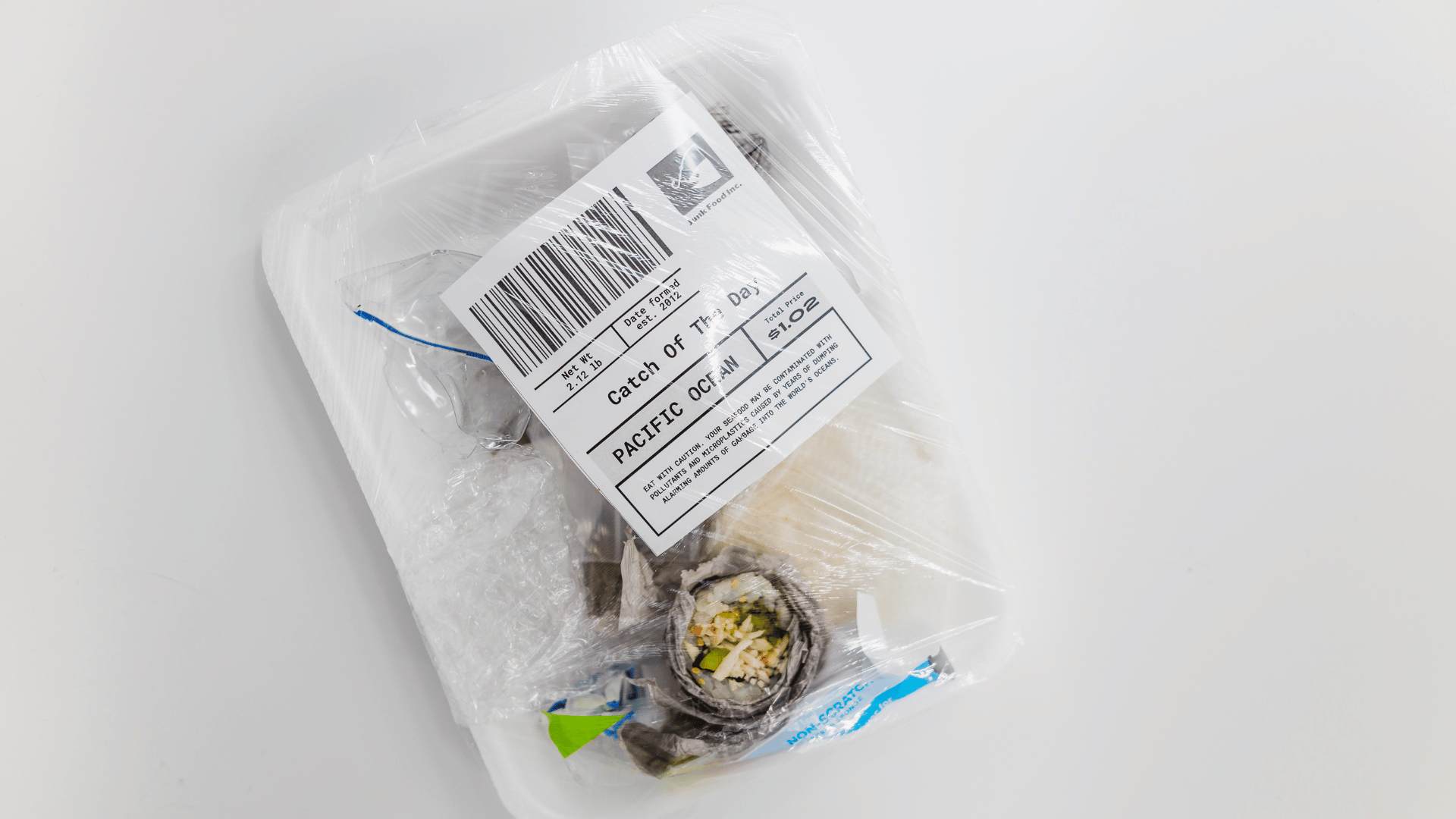Today, more and more of us are becoming aware of the impact that human activities can have on the environment. And while much of our environmental intention focuses on outdoor conservation, it's essential not to forget about making eco-conscious decisions in our homes too! One issue that has been gaining attention recently is microplastics, which are tiny particles that come from a variety of sources and can present problems for marine life if they enter our oceans.
In this blog post, we'll explore what microplastics are, how you can avoid them at home, and why it's vital to reduce your use or exposure to them as much as possible. Are you ready? Let’s get started!
What Are Microplastics: The Problem With Microplastics In Metro Manila
A new study by Filipino scientists has highlighted the risk that residents of Metro Manila face from inhaling microplastics. These tiny plastic fragments have become a major pollutant of our generation, and researchers warn of their insidiousness.
Microplastics are created when larger plastic items break down into smaller fragments due to a variety of factors, from sunlight to waves and fluctuations in temperature. For example, plastic production waste, synthetic textiles, and beauty products all contain microplastics. And because these tiny particles can get into our air, soil, and water supply, it's essential to take steps in reduce your exposure to this microplastic debris.
The study suggests that microplastics have now become a pervasive environmental problem in our cities, presenting serious long-term risks for human health. This research serves as a timely reminder of the urgent need to rethink our approach to plastic waste and move towards a more sustainable future.
Avoiding Microplastics at Home
Microplastics in your everyday life are a growing concern in today's world. These small particles are found in just about everything we use and consume. From our clothes to our food, and even in the air we breathe, microplastics are everywhere. The worst part is that they are harmful to both the environment and our health.
But there are things we can do to reduce our contribution to microplastic pollution. In this blog post, we'll share seven ways to help you avoid microplastic pollution at home, reduce microplastics, and ultimately help save the environment.
1. Avoid Synthetic Fibres
Synthetic fibers shed plastic microfibers every time they are washed. So, try and avoid synthetic clothing made of synthetic materials like polyester, nylon, and acrylic. Instead, opt for clothes made from natural fibers like cotton and wool. If you must use synthetic fibers, try using laundry bags designed to capture and limit microplastic pollution.
2. Use Reusable Bags
Single-use plastic bags are a major contributor to plastic pollution, including microplastics. So use reusable bags when shopping for groceries or other items. Not only will you be helping the environment, but you'll also be saving money in the long run. Using less plastic and more natural materials is a great way to reduce your microplastic contribution.
3. Reduce Plastic Use
Avoid using single-use plastics like straws, plastic packaging, cutlery, plastic bottle, and takeout containers. Avoid plastic packaging and takeaway cups whenever you can. Instead, opt for reusable alternatives made from metal, glass, or bamboo.
For example, try replacing tea bags with loose-leaf tea, and switch to using a safety razor instead of disposable ones. These reusable options are not only better for the natural environment but also look great and can be used again and again.
4. Choose Natural Cleaning Products
Many common household cleaning products contain microplastics. The average person may not be aware of this when purchasing these items, but it's important to look for natural alternatives instead. Instead, opt for natural products like vinegar and baking soda, which not only reduce plastic use but also safer to use in your home.
5. Say No to Microbeads
Many personal care products, such as exfoliators, contain tiny plastic particles called microbeads. These beads get washed down the drain and end up in our oceans and waterways. Chemicals found in microplastics affect marine life and can work their way up the food chain, eventually winding up in our own diets.
So, choose products and plastic-free cosmetics that do not contain microbeads, opting for natural alternatives instead. For example, you can make your own exfoliator using a mixture of sugar and honey.
6. Properly dispose of Hazardous Waste
Many household items contain harmful chemicals that can break down, releasing microplastics when not properly disposed of. So, make sure to properly dispose of any hazardous waste, such as batteries, light bulbs, electronics, and other industrial waste, at dedicated facilities in your community.
7. Drink filtered Tap water.
Tap water is not only more cost-efficient and better for the environment; it's also free from microplastics. So invest in a water filter and start drinking filtered tap water instead of buying bottled water. Zero-waste water filters, like the KOR Nava filter, are made with natural materials like bamboo and coconut shells and can easily be recycled. Drinking water from a reusable bottle is also much better for the environment than buying bottled water every day.
How to Avoid Microplastics in Food
In addition to avoiding microplastics in your home, it's also important to avoid eating microplastics in food. In recent years, scientists have raised alarms about microplastics in our food sources.
Many foods, such as seafood, can contain microscopic pieces of plastic due to the water they are sourced from. While the exact health risks are still unclear, it's best to choose foods that come from sources with low levels of plastic pollution.
You can also reduce your exposure to microplastics when you opt to buy fresh food instead of packaged food or processed food in plastic containers. Many of the plastic particles found in food are from packaging materials, and so by avoiding less plastic-like packaged foods in plastic containers, you can significantly reduce your contribution to microplastic pollution.
We all have a role to play in reducing microplastic pollution at home. By making small changes to our daily routines and being mindful of our purchasing choices, we can make a significant impact on the environment. The seven tips we've shared in this blog post are just a starting point. So, let's all work together to make a positive change and help save our planet.
And with Vista Residences, you can rest assured that your living experience is designed with the environment in mind. With sustainable materials and practices, Vista Residences is committed to reducing its environmental impact. So, explore our communities today to find the perfect balance of comfort and sustainability.
For more information on Vista Residences, email [email protected], follow @VistaResidencesOfficial on Facebook, Twitter, Instagram, and Youtube, or call the Marketing Office at 0999 886 4262 / 0917 582 5167.










